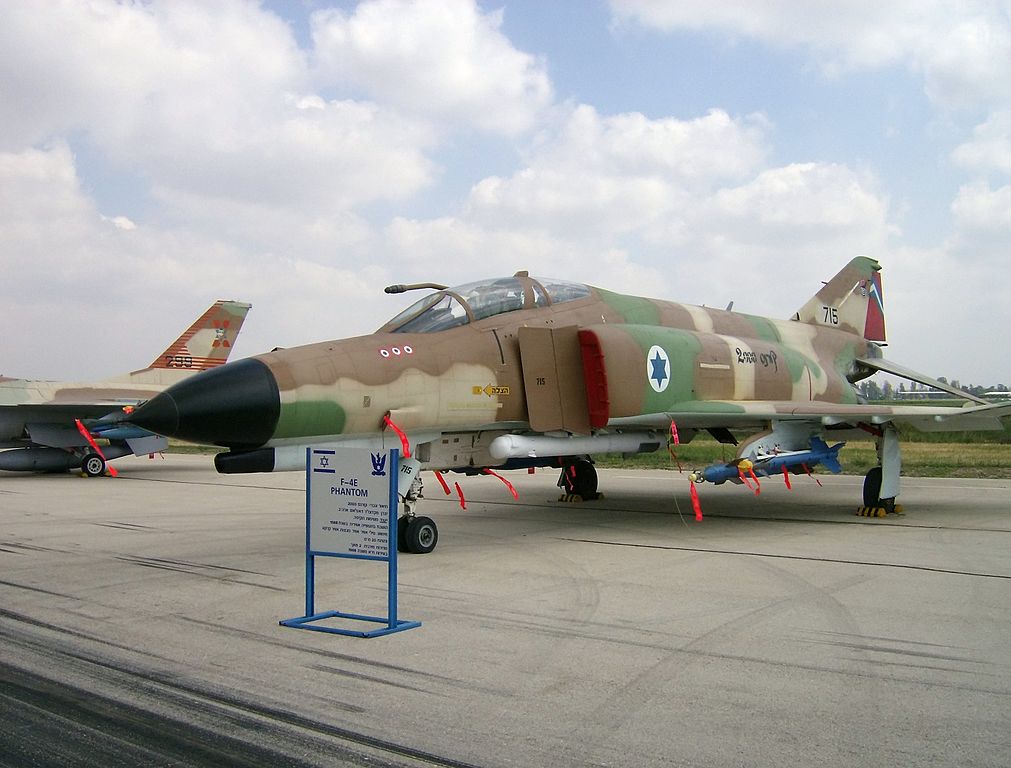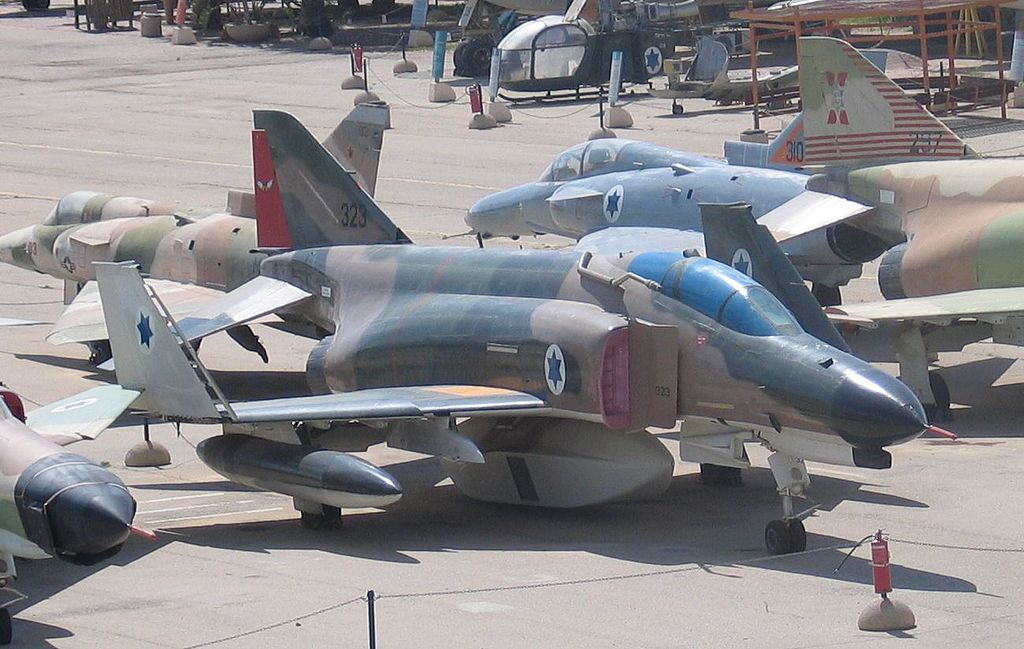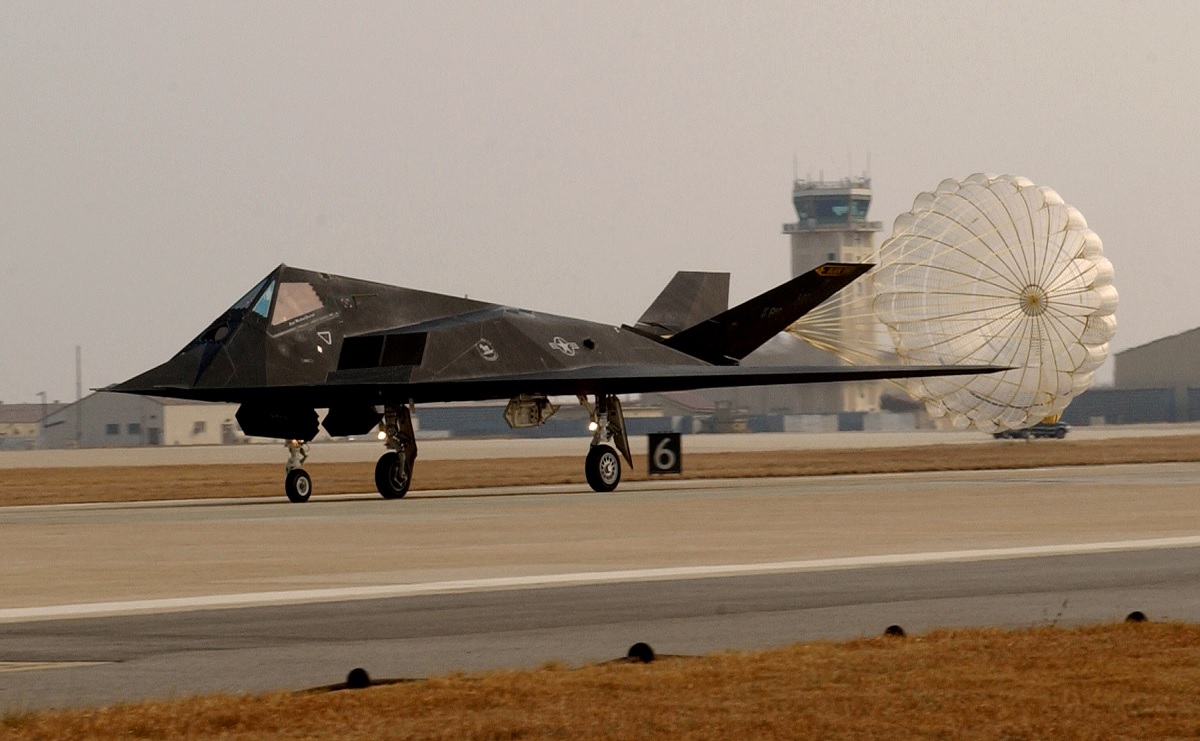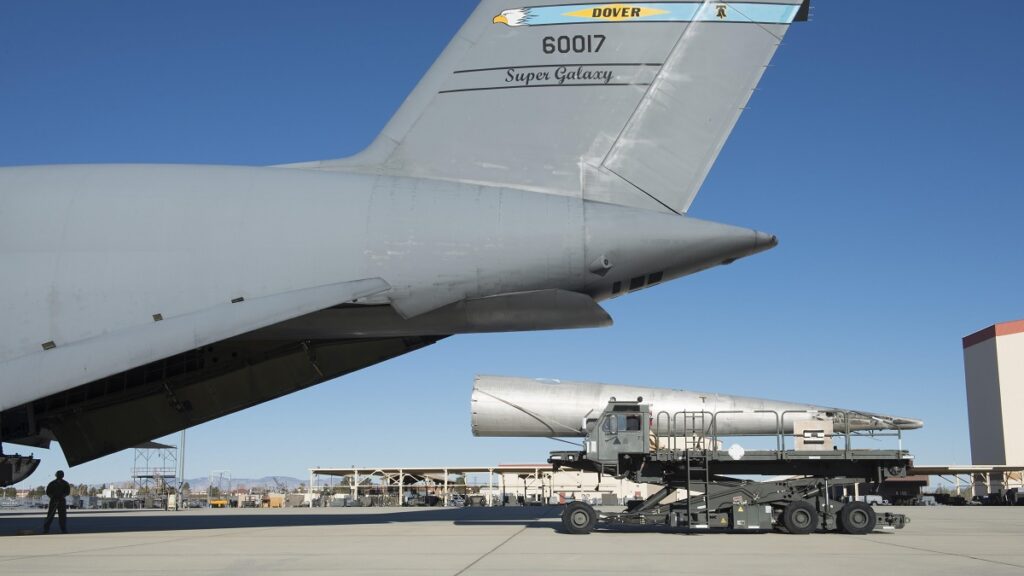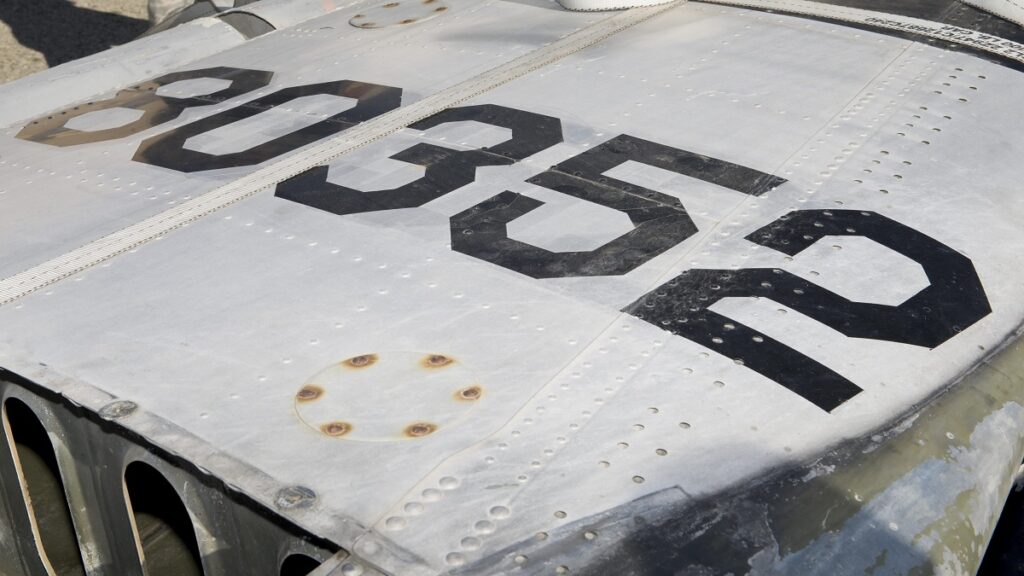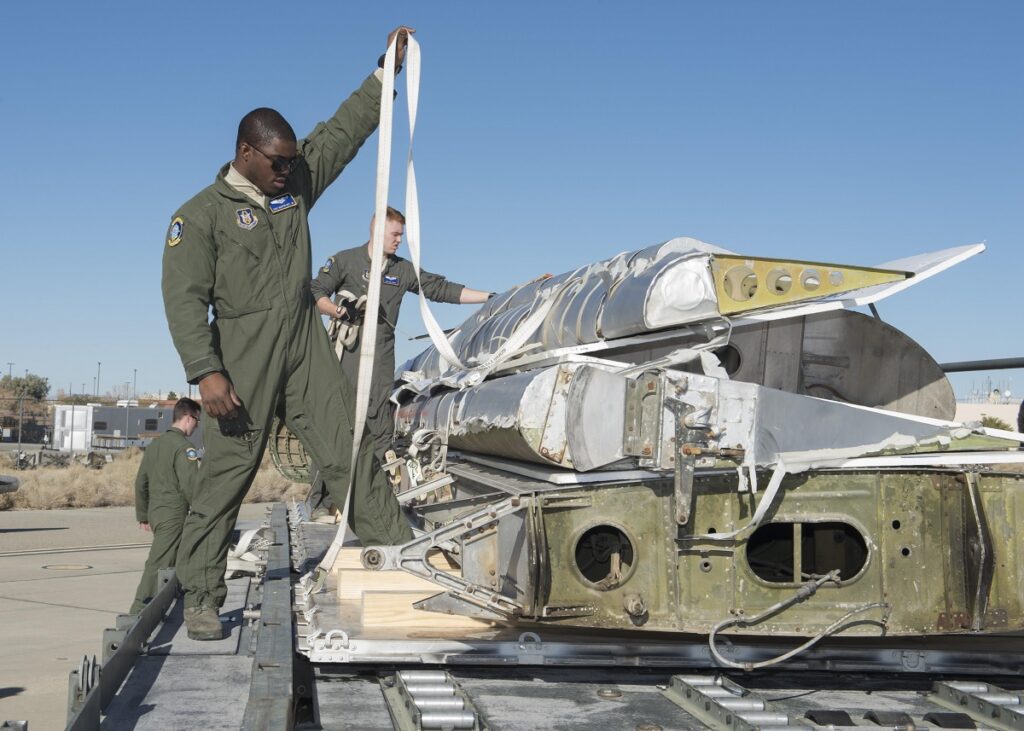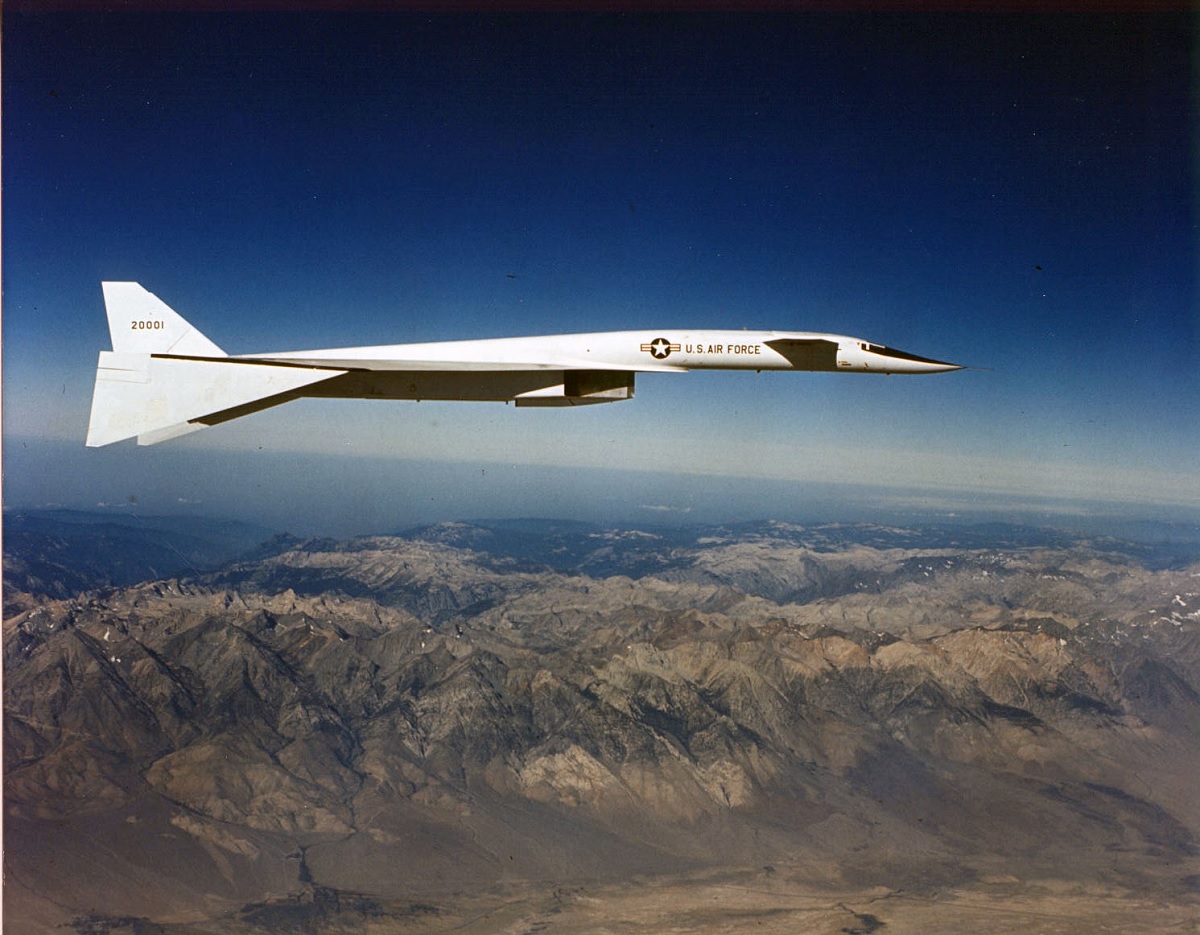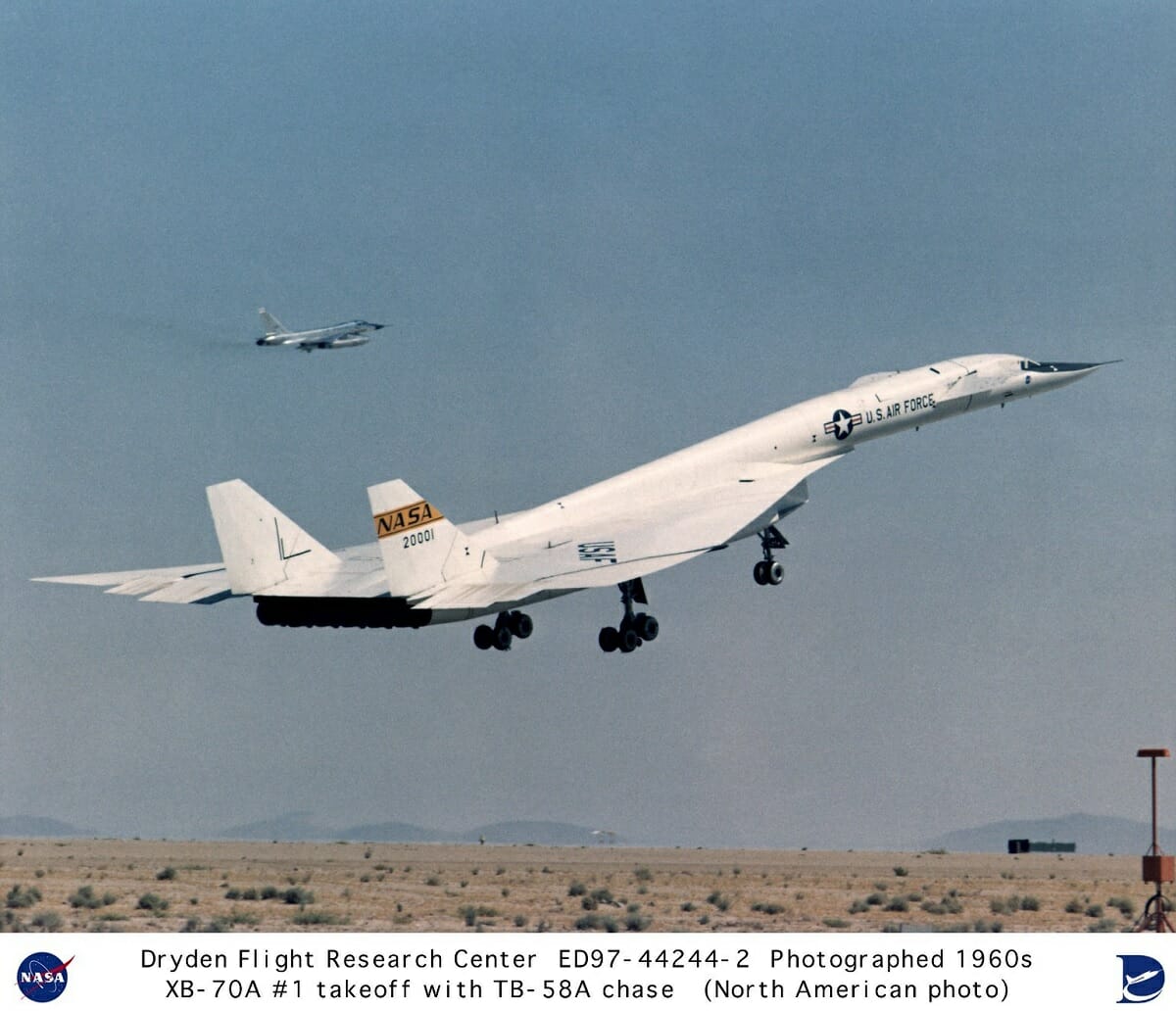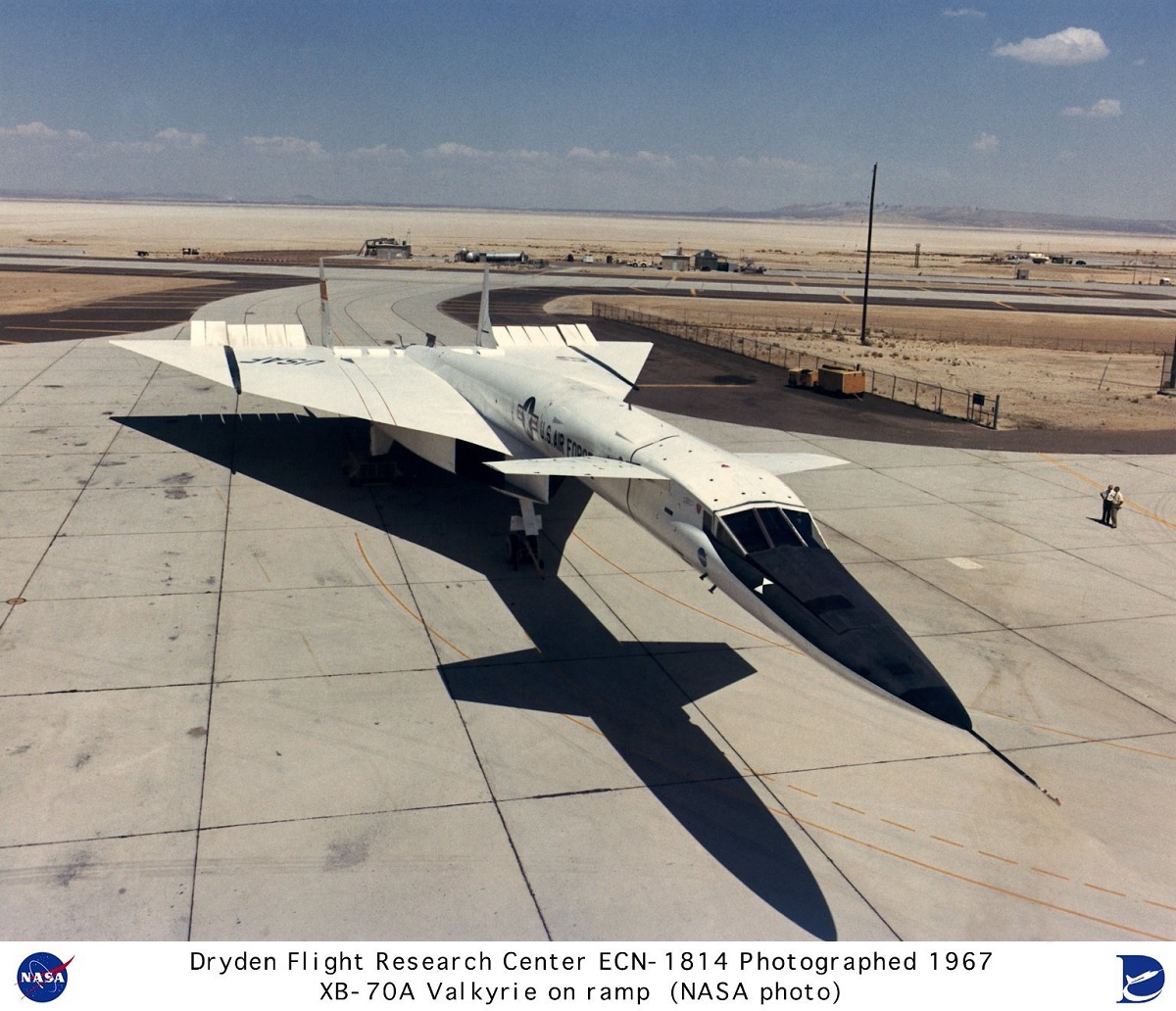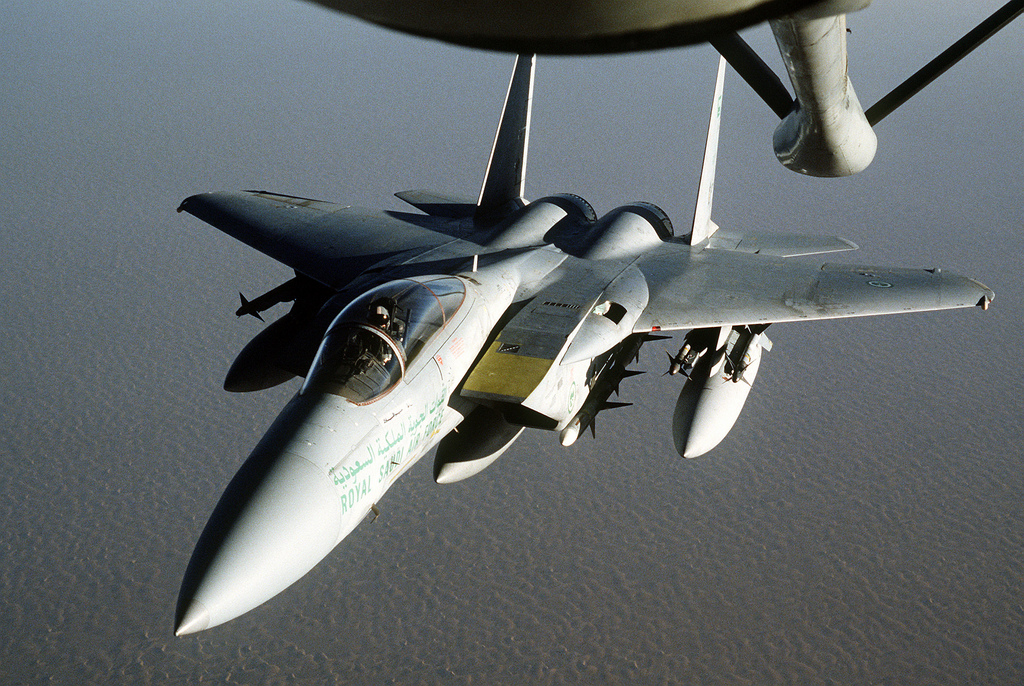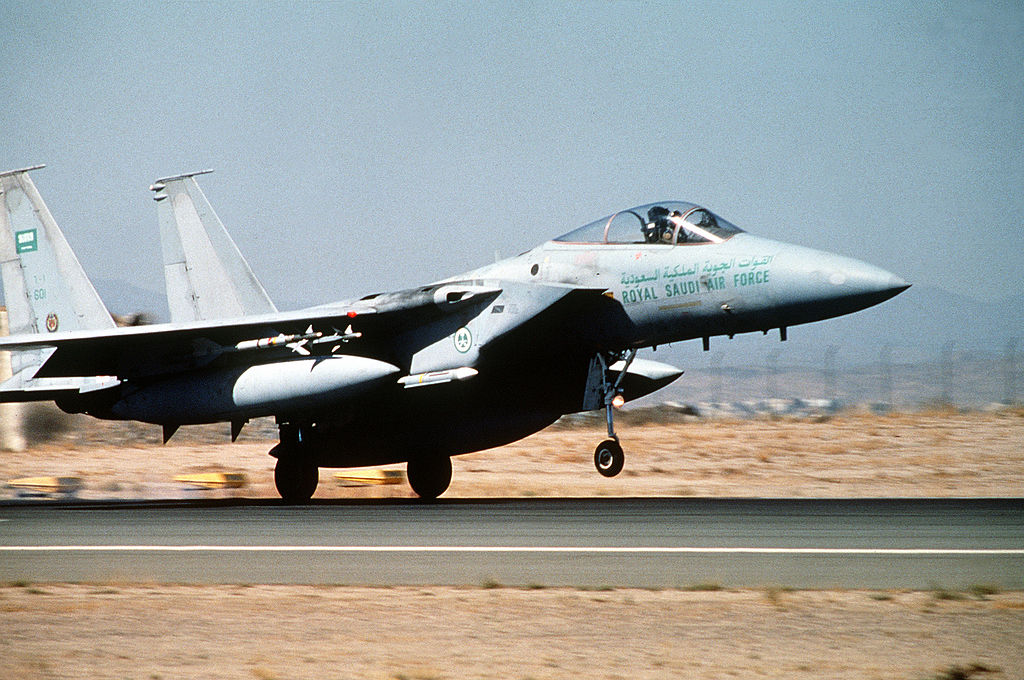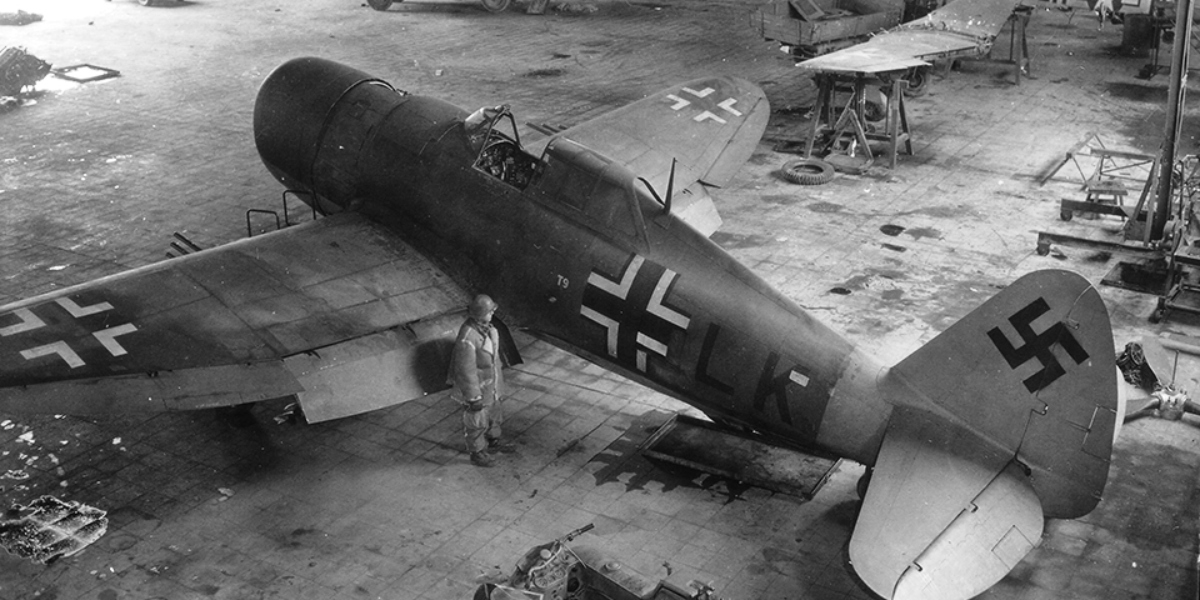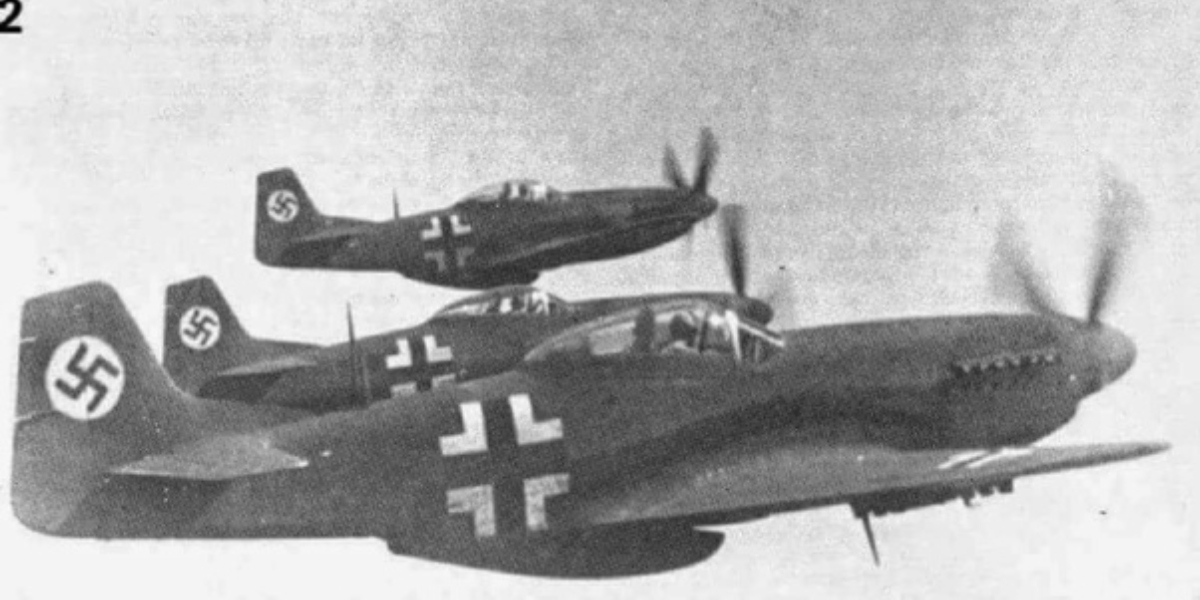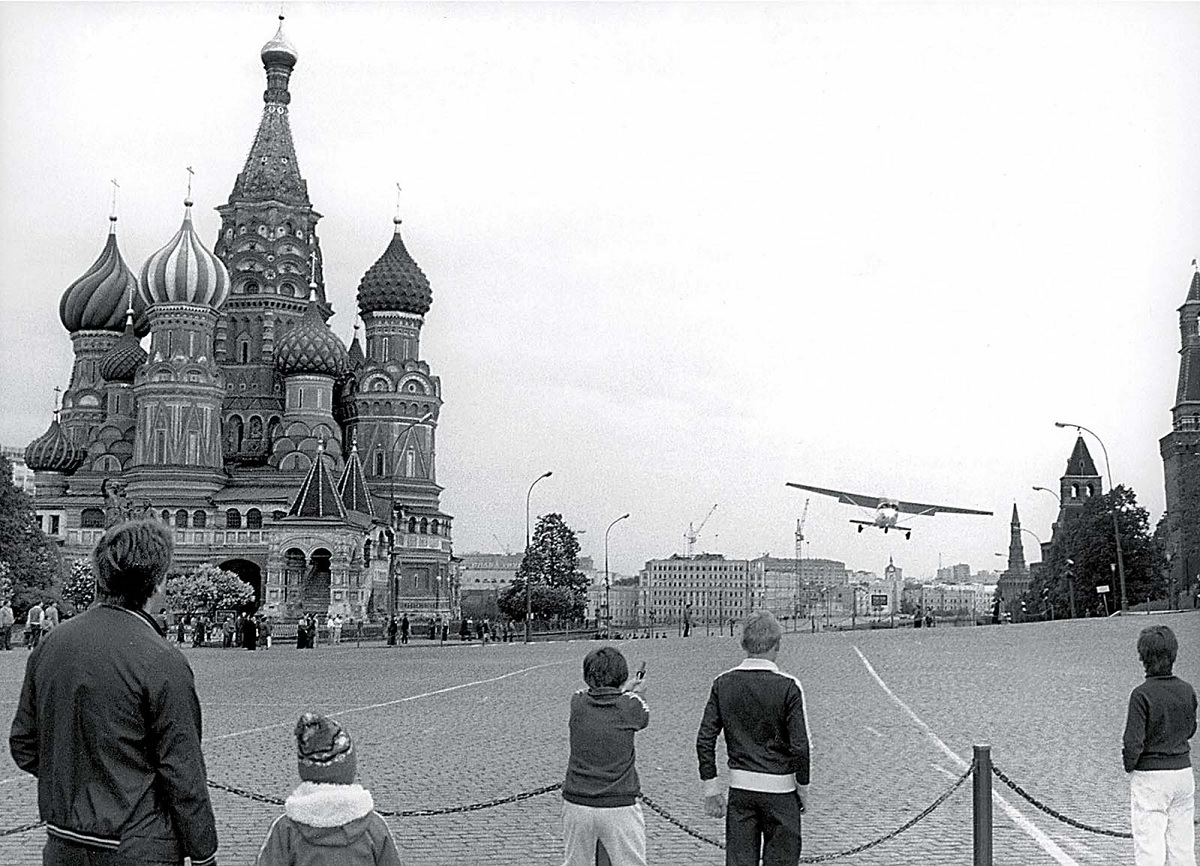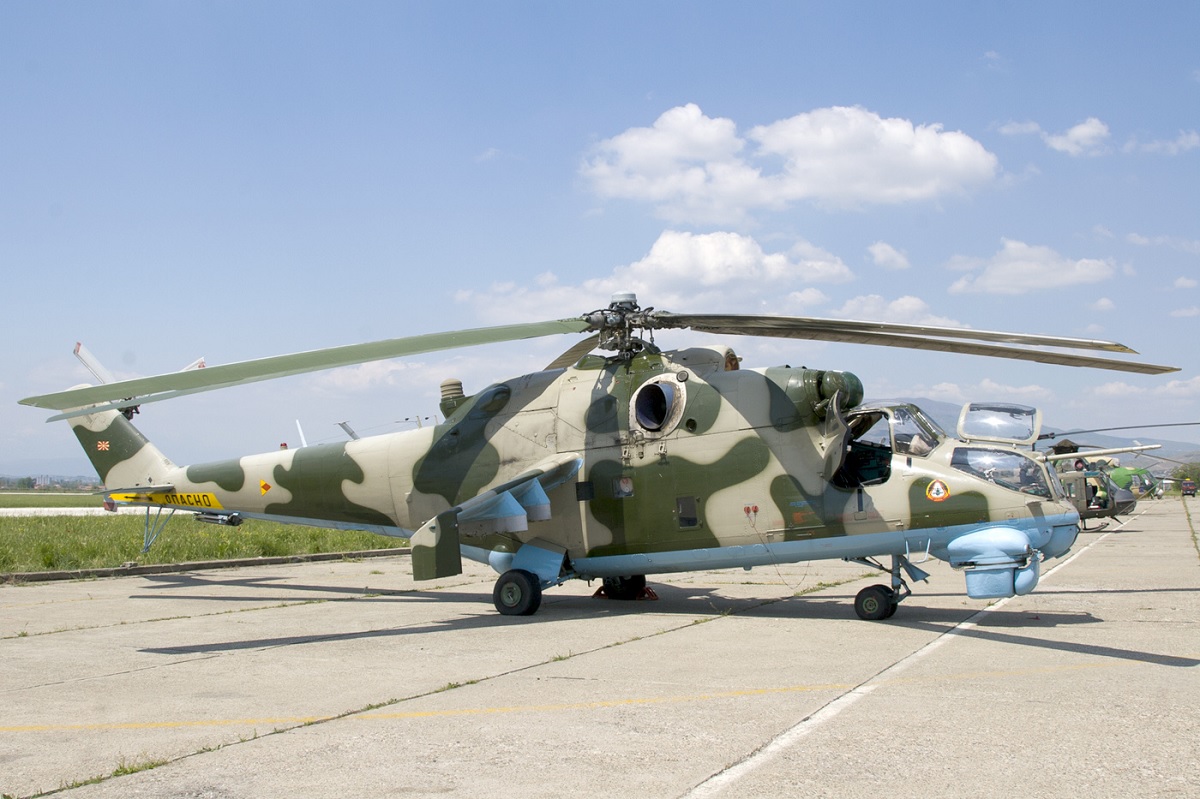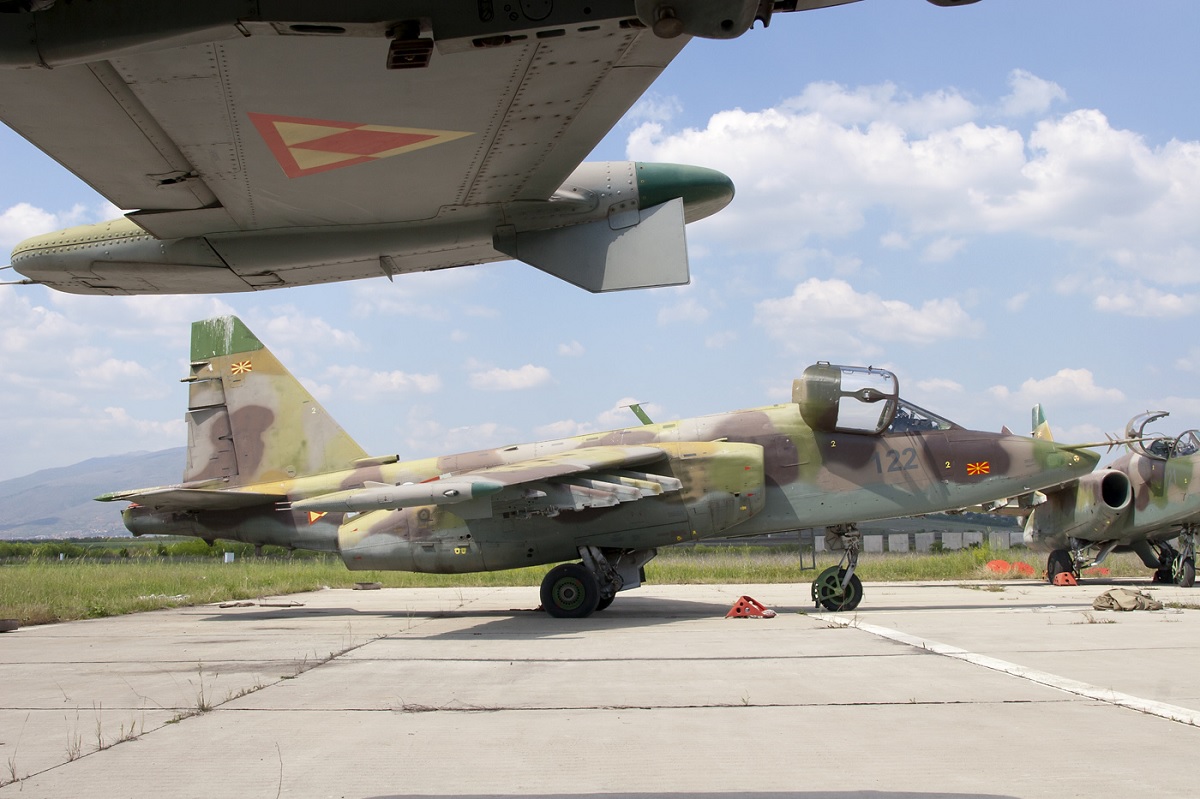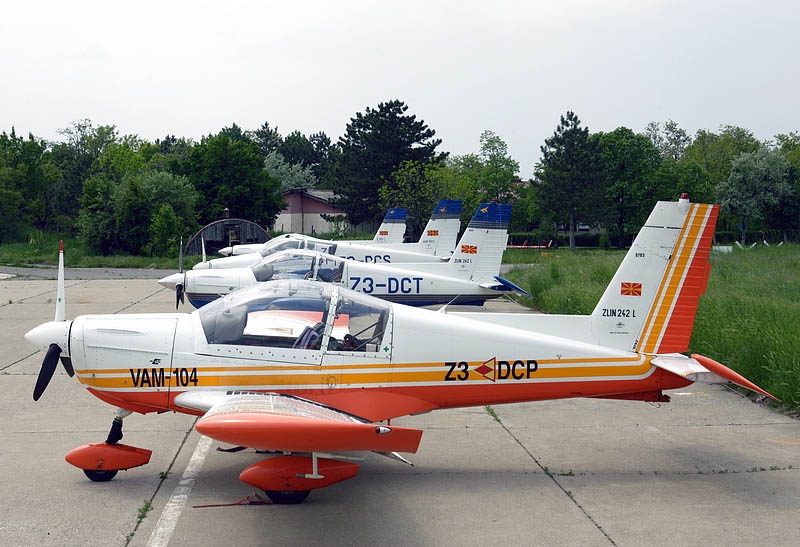The P-38 absolutely purrs out there with 1300 hp in each engine, making flying it feel like you were driving a Cadillac
On October 3, 2016, retired Maj. Earl Conrad Jr., a World War II (WWII) fighter pilot who flew the original P-38 Lightning, went to Luke Air Force Base (AFB) to see the F-35 Lightning II, which bears the name of the storied fighter jet that ruled the skies over the Pacific during his time in service.
The 62nd Fighter Squadron (FS) pilots welcomed Conrad during his visit and gave him a tour of the flightline to get a closer look at the aircraft. They also gave the 97-year-old veteran a briefing on the mission capabilities of the Lightning II and the experience, equipment, and training of present-day Lightning pilots in honor of the heroic service he and others like him rendered in the fight against Hitler’s Germany and Imperial Japan.
Conrad’s dedication to serving his country, like that of many other young people who joined in the armed forces at the time, was inspired by the attack on Pearl Harbor in December 1941. Conrad, who was enrolled in San Jose State University’s engineering program, interrupted his studies that same month to enlist in the Army Air Corps.
“Much better than being a gravel cruncher,” Conrad said.
Conrad had a private pilot’s license at the time, which he had purchased for $25 during his first year of college.
“I was kind of interested and my friends were all doing it so I did it,” Conrad said. “They threw a little Piper J-3 Cub at me and let me fly it around for a bit and then I had my license.”
Conrad completed his primary Army Air Corps pilot training in June 1942. After being chosen, he was dispatched to Tallahassee to begin training to fly the P-39 Airacobra, but the demands of the war slightly derailed his plans.
“They needed pilots over in the Pacific, so they cut the training short,” said Conrad. “We took a train over to San Francisco and then a boat over to Hawaii and checked out of there in old, beat-up P-40s for about two or three weeks before flying to New Caledonia and getting back into P-39s.”
Conrad and the other new pilots flew their Airacobras to Guadalcanal after receiving a brief substitute training course there to ensure they could take part in combat operations. There, they experienced their first taste of fighting before even landing.
“As we were coming around the end of the island, there were a whole bunch of ships parked in the water, and they all took a shot at us,” Conrad said.
Not only did he not know who they were, but neither did they.
“They couldn’t tell one plane from the other,” Conrad said. “Fortunately, we all landed safely.”
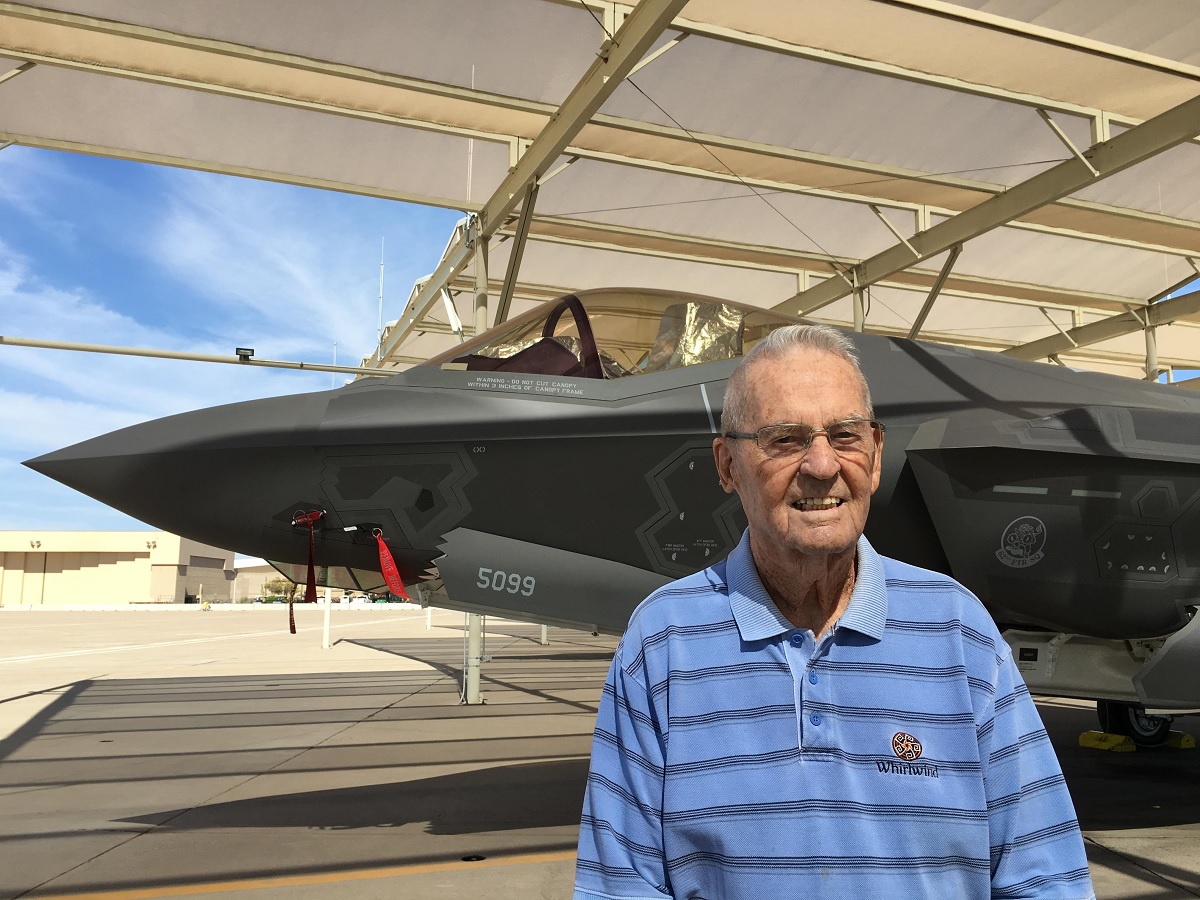
Conrad describes another episode in which American Navy ships took out a Japanese battleship just off the coast of the airfield where he was stationed. The ship was mostly operational, but it was immobile, and those on board must have realized it was doomed just as well as those ashore.
“We were going to sink it right there,” Conrad said. “That night, [the battleship] shelled all up and down the runway and knocked out almost all of our planes, both the Navy’s F-4Fs and our P-39s.”
One of Conrad’s friends and a colleague pilot rallied up a small four-ship to fly a protection detail after a couple of the least-damaged aircraft were promptly restored into flying condition the following day.
“They went out to fly and he mistook that same battleship as one of ours, and they ran protection cover for it all day,” Conrad said with a laugh. “You can tell how easily things got snafued.”
Even within the borders of “friendly” territory, the situation on the ground was not much prettier.
“There was a Japanese guy we called ‘Wash-machine Charlie’ who had a cannon,” said Conrad. “He would go up in the hills at night about three or four times a week and he would shoot down at us so you’d have to dive into the trenches to get away from him. He was awfully upsetting.”
Conrad flew about 130 missions throughout his roughly one year in the Pacific during four tours, initially in the P-39 with the 67th FS and then in the P-38 with the 39th FS. His squadron would strafe enemy ships, conduct close air support for charging Marines, and escort bombers on lengthy missions.
“It was just like you were driving along in a Cadillac,” Conrad said of the P-38. “It just purrs out there with 1300 horses in each engine.”
The P-38 was a unique twin-engine aircraft that excelled in performance, especially at high altitudes, and had an astonishing amount of speed and power. Because of how well it was designed, it was used continuously throughout the conflict.
Conrad talks about one specific flight he made in his P-38 on an aerial patrol. One of the few true “mano a mano” aerial engagements he claims to have seen throughout his time in the Pacific, his flight came face to face with the ultimate Japanese dogfighter, the Mitsubishi “Zero.”
“All of a sudden my element leader yells, ‘There are 30 or 40 Zeroes up here right above us, about a thousand feet!’” said Conrad. “They’d come down and fire at us and then go right back up. I don’t know why they didn’t stay on us, they could have taken us, but I said, ‘To hell with this,” and I went way out and circled back around and came back right up behind four Zeroes.”
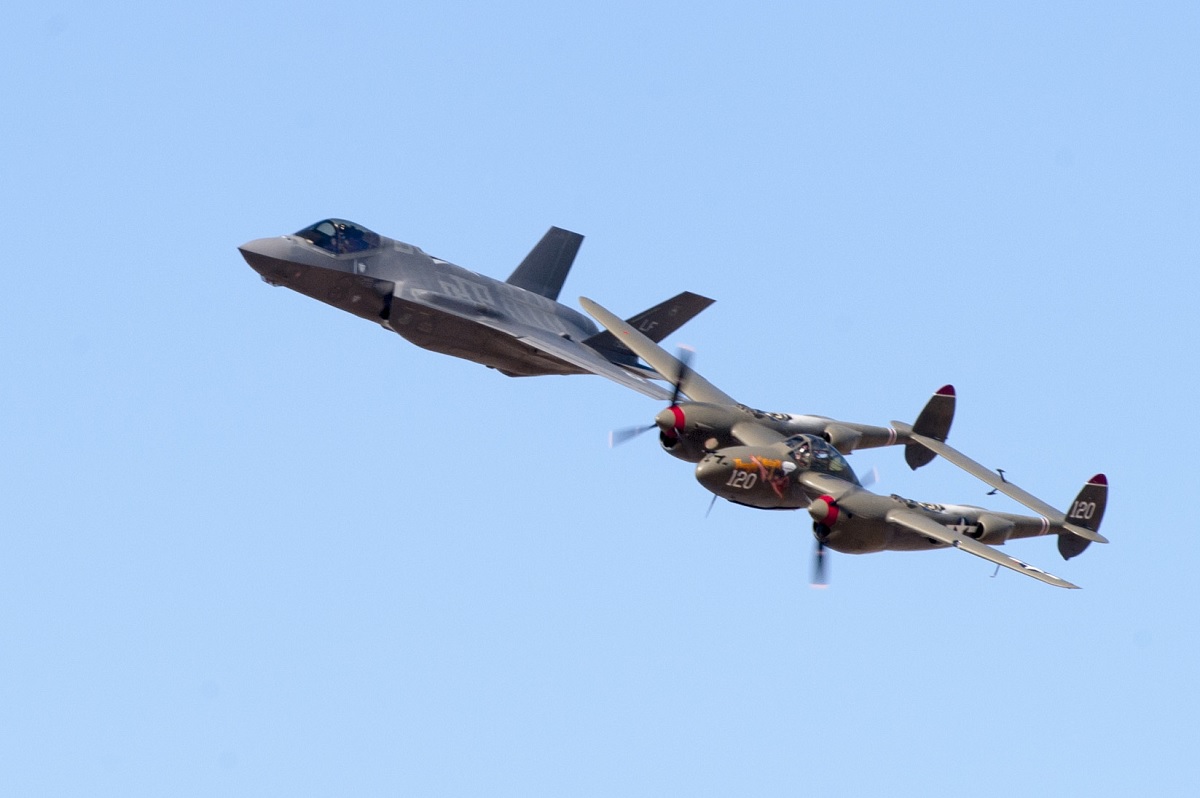
Conrad instructed his flight leader to descend low and hit the deck while he and his wingman lined up a Japanese target because his flight leader couldn’t reach the same location without taking a significant risk.
“He was toast,” Conrad said. “We had eight 50-caliber guns on him and he just became spaghetti.”
Conrad gained many honors and decorations for his service, including the Distinguished Flying Cross and two Air Medals. In 1946, he received an honorable discharge.
“I’m proud of him,” said Jarolyn Allen Jerry, Conrad’s daughter. “I’m proud of all that he’s done. I’m proud of the man that he’s been, the service member that he’s been, and the father that he’s been. He’s our hero.”
Conrad heard it and disputed the story.
“Oh, there were a thousand guys who did just what I did!” argued a grinning Conrad.
“Not everyone could do what you did,” Jerry argued back, eyes rolled. “He’s got a lot of medals to prove it.”
Jerry’s point of view is shared by Maj. Jondavid Hertzel, the 62nd FS F-35 pilot.
“It was an honor to meet with such a great Airman from the past,” said Hertzel. “Even with the incredible accomplishments and the stories of fighting that are hard to imagine in today’s world, men like Maj. Conrad carried themselves with humility and dignity. I am very grateful for the opportunity to have shared with him his legacy in what we do here at Luke and in the F-35.”
As for the legacy of the Lightning, Conrad left Luke’s flightline impressed.
“They picked the right name,” Conrad said of the F-35. “My goodness, I sure wish I could’ve flown it.”

Photo by Staff Sgt Staci Miller and Senior Airman Marcy Copeland / U.S. Air Force



